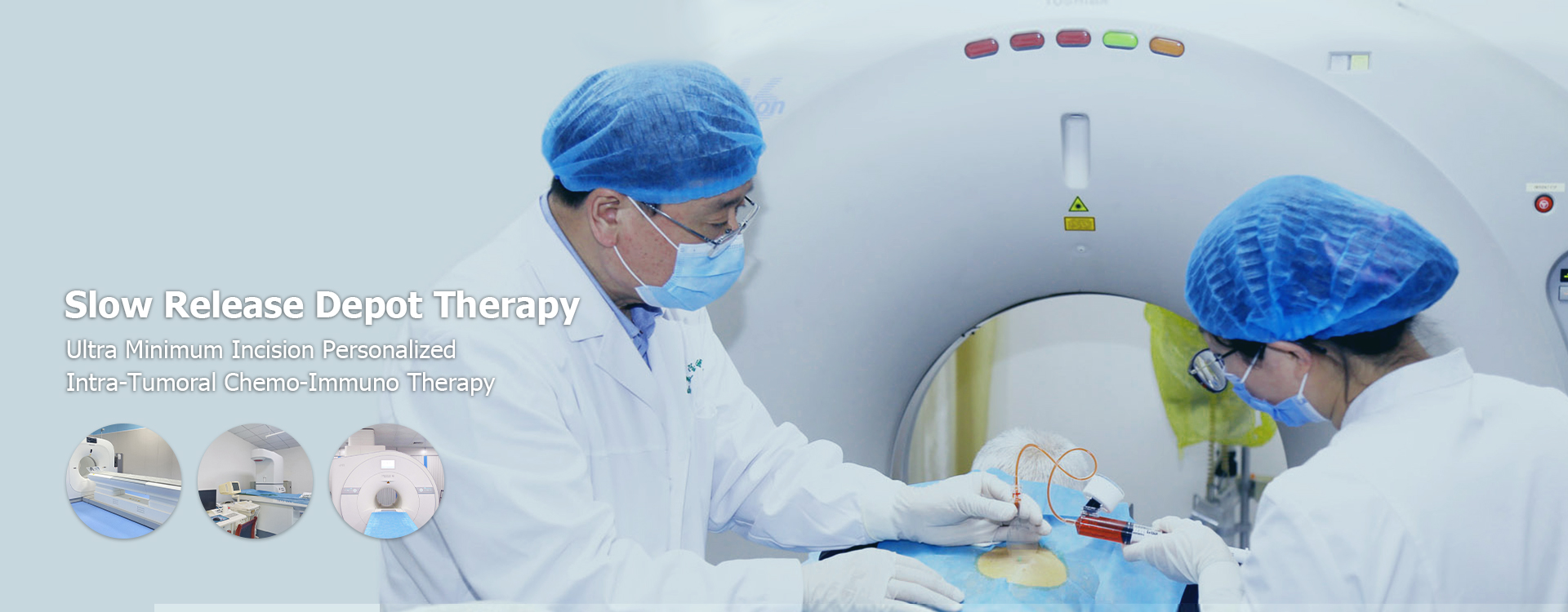
Understanding Targeted Drug Delivery Systems
2025-04-23
содержание
Targeted Drug Delivery for Cancer: A Comprehensive GuideTargeted drug delivery systems aim to precisely deliver therapeutic agents to cancerous cells, minimizing damage to healthy tissues. This approach significantly improves treatment efficacy and reduces adverse effects associated with conventional chemotherapy. This guide explores the various methods, advantages, challenges, and future prospects of targeted drug delivery for cancer.
Understanding Targeted Drug Delivery Systems
The Need for Precision
Conventional chemotherapy distributes anticancer drugs throughout the body, leading to systemic toxicity. Targeted drug delivery for cancer, on the other hand, focuses on delivering the therapeutic agent specifically to the tumor site, thereby reducing side effects and enhancing the effectiveness of the treatment. This is achieved by utilizing various carrier systems that specifically target cancer cells or tumor microenvironments.
Mechanisms of Targeting
Several strategies are employed to achieve targeted delivery. These include: Antibody-drug conjugates (ADCs): Antibodies specifically bind to tumor cells, delivering attached cytotoxic drugs directly to the cancer cells. Examples include trastuzumab emtansine (Kadcyla) for HER2-positive breast cancer and brentuximab vedotin (Adcetris) for Hodgkin lymphoma. Further research is ongoing into improving ADC efficacy and reducing off-target effects. Liposomes: These are artificial vesicles encapsulating the drug. They can be modified with targeting ligands to enhance specificity towards cancer cells. Liposomal doxorubicin (Doxil) is a common example, showcasing improved tolerability compared to free doxorubicin. Nanoparticles: Nanoparticles, such as polymeric nanoparticles and inorganic nanoparticles, offer versatility in drug loading and targeting capabilities. Their size and surface properties can be tailored to enhance tumor accumulation and controlled drug release. Research into the use of nanoparticles for targeted drug delivery for cancer is extensive and includes exploring biodegradable polymers and stimuli-responsive nanoparticles. Viral vectors: Viruses can be engineered to deliver genetic material, such as therapeutic genes or oncolytic viruses, specifically to tumor cells. This approach is being explored for gene therapy in cancer.

Advantages and Challenges
Advantages of Targeted Drug Delivery
Increased efficacy: Higher drug concentration at the tumor site leads to improved treatment outcomes. Reduced toxicity: Minimized exposure of healthy tissues to the drug decreases side effects. Improved patient compliance: Reduced side effects can lead to better patient tolerance and adherence to treatment regimens. Potential for personalized medicine: Targeting specific cancer subtypes or biomarkers allows for tailored therapies.
Challenges in Targeted Drug Delivery
Tumor heterogeneity: Cancer cells within a tumor may exhibit different characteristics, making it difficult to target all cells effectively. Drug penetration: Reaching the tumor core can be challenging due to the dense tumor stroma. Immune system response: The delivery system itself might trigger an immune response. Cost and manufacturing complexities: Developing and producing targeted drug delivery systems can be expensive.

Future Directions
Research in targeted drug delivery for cancer is actively exploring several promising avenues, including: Combination therapies: Combining targeted drug delivery with other cancer treatments, such as immunotherapy or radiation therapy. Improved targeting ligands: Developing more effective and specific targeting molecules. Stimuli-responsive drug release: Designing delivery systems that release drugs only in response to specific stimuli within the tumor microenvironment. Combination of different delivery systems: Combining the advantages of multiple systems for a synergistic effect.
Conclusion
Targeted drug delivery for cancer represents a significant advancement in cancer therapy. While challenges remain, ongoing research and development efforts hold great promise for improving the efficacy and safety of cancer treatment. The integration of advanced imaging techniques and improved understanding of tumor biology are crucial for optimizing the design and application of these systems. For further information on cancer research and treatment options, please visit the Shandong Baofa Cancer Research Institute website.table { width: 700px; margin: 20px auto; border-collapse: collapse;}th, td { border: 1px solid #ddd; padding: 8px; text-align: left;}th { background-color: #f2f2f2;}









